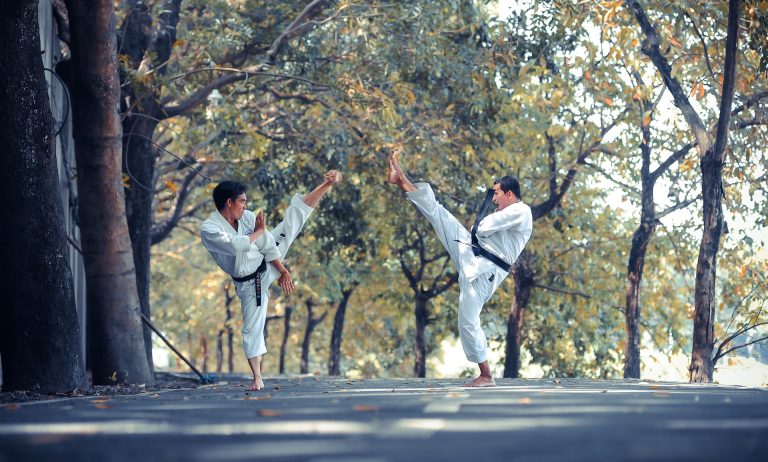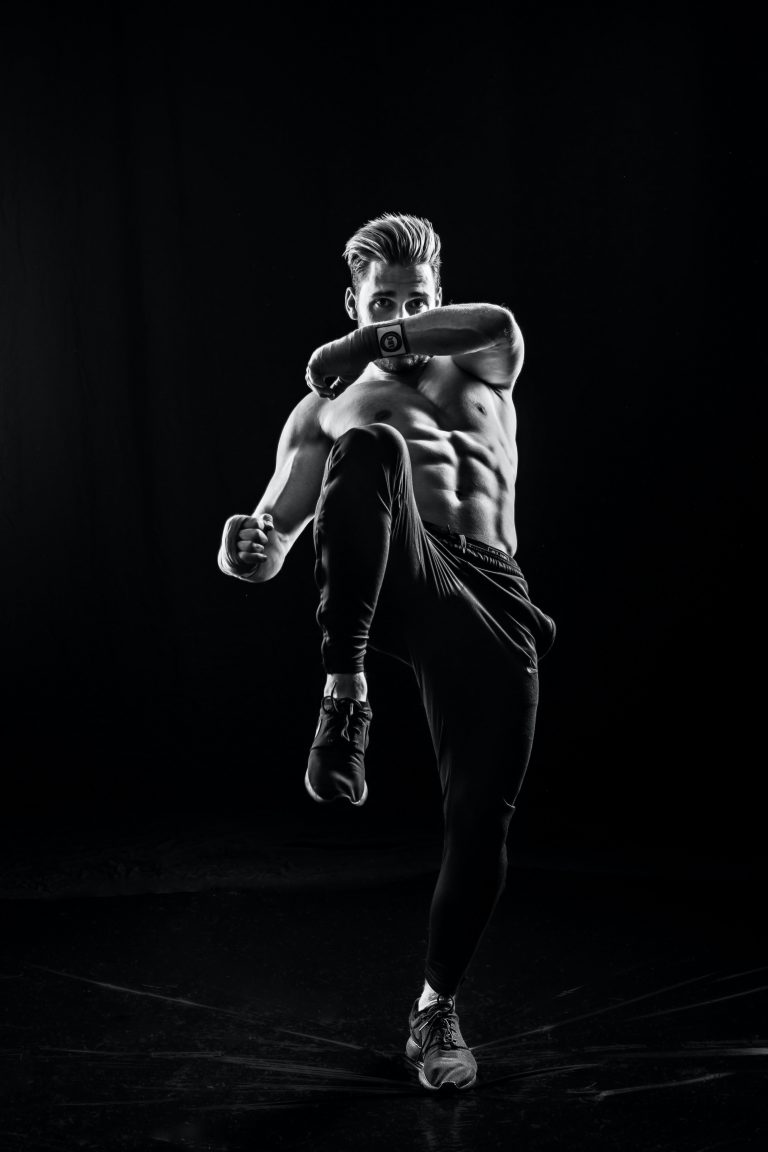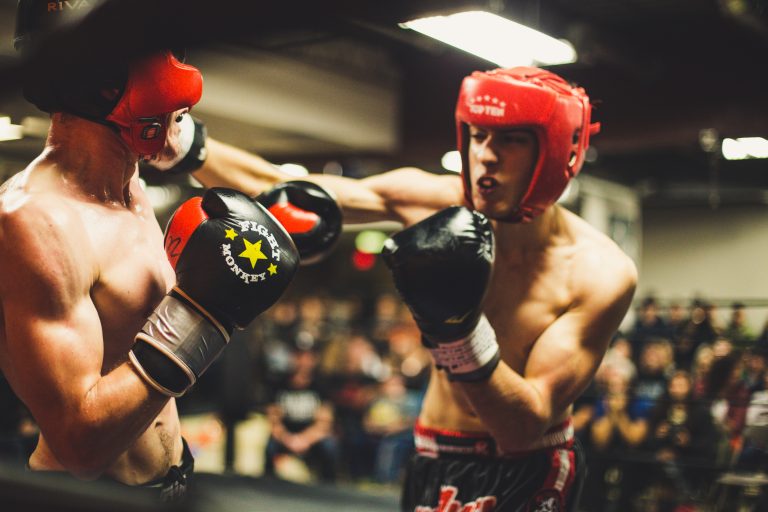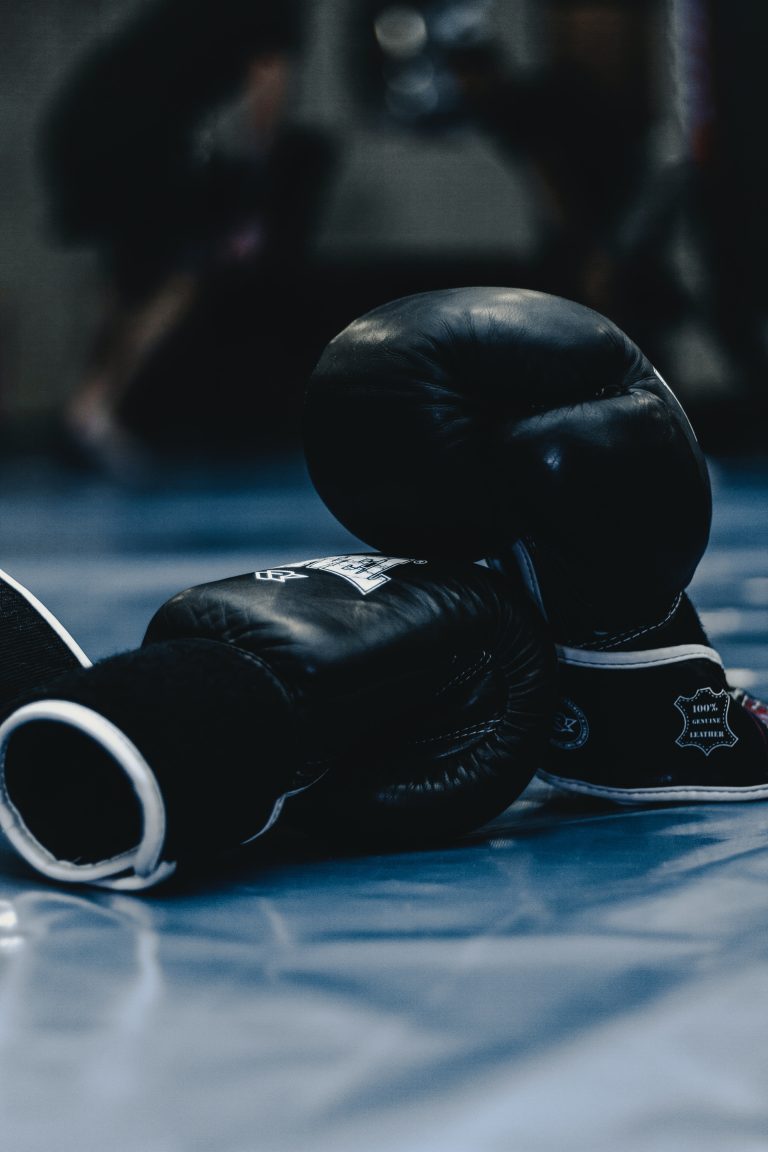The 6 Basic Stances of Karate: A Guide for Beginners
Karate is a martial art that involves various techniques such as punching, kicking, and striking. However, in order to execute these techniques effectively, it is important to have a strong foundation in the basic stances of karate. The right stance can make a big difference in your performance and technique. In this article, we will discuss the six basic stances of karate that every beginner should know.
1. Zenkutsu-Dachi (Front Stance)
The Zenkutsu-Dachi, also known as the Front Stance, is one of the most commonly used stances in karate. This stance involves stepping forward with one foot while keeping the other foot back. The front leg is bent at the knee, with the thigh parallel to the ground, and the back leg is straight. The feet should be approximately shoulder-width apart, with the front foot pointing forward and the back foot turned slightly outward.
In this stance, the weight is mostly on the front leg, allowing for strong forward movement and strikes. This stance is ideal for powerful punches and kicks to the front of the body.
2. Kokutsu-Dachi (Back Stance)
The Kokutsu-Dachi, also known as the Back Stance, is a stance used for defense and counterattacks. This stance involves stepping backward with one foot while keeping the other foot forward. The back leg is bent at the knee, with the thigh parallel to the ground, and the front leg is straightened. The feet should be shoulder-width apart, with the back foot pointing slightly outward and the front foot pointing forward.
This stance provides a strong base for defensive movements and counterattacks. The weight is mostly on the back leg, allowing for quick and powerful movement forward.
3. Kiba-Dachi (Horse Riding Stance)
The Kiba-Dachi, also known as the Horse Riding Stance, is a wider and more stable stance. This stance involves standing with the feet farther apart than shoulder-width, with both feet pointing forward. The knees are bent, with the thighs parallel to the ground, and the back is straight.
This stance is ideal for stability and balance, allowing you to move quickly in any direction. It is commonly used in kata (prearranged forms), as well as for blocking and strikes to the side of the body.
4. Hanmi-Dachi (Half-Facing Stance)
The Hanmi-Dachi, also known as the Half-Facing Stance, is a stance that is ideal for defense and evasive movements. This stance involves standing with one foot forward and the other foot turned slightly outward. The front leg is bent at the knee, with the thigh parallel to the ground, and the back leg is slightly bent. The feet should be shoulder-width apart.
This stance allows for quick and agile movements, making it ideal for dodging and deflecting attacks. It is also a good stance for counterattacks to the side of the body.
5. Neko-Ashi-Dachi (Cat Stance)
The Neko-Ashi-Dachi, also known as the Cat Stance, is a stance used for balance and shifting of weight. This stance involves standing on one leg, with the other foot placed lightly on the ground beside the standing foot. The knee of the standing leg is bent, with the hips turned slightly to the side opposite of the standing leg.
This stance allows for quick and agile movement, making it ideal for dodging strikes and for quick counterattacks. It also provides a strong foundation for kicks.
6. Shiko-Dachi (Stride Stance)
The Shiko-Dachi, also known as the Stride Stance, is a wider stance used for stability and power. This stance involves standing with the feet farther apart than shoulder-width, with both feet pointing outward. The knees are bent, with the thighs parallel to the ground, and the back is straight.
This stance provides a strong foundation for powerful strikes and kicks, making it ideal for breaking boards or other objects. It is also used for low kicks and for balance during grappling and takedown techniques.
The 6 Basic Stances of Karate
Karate is a form of martial art that originated in Okinawa, Japan. Karate consists of various techniques such as kicking, punching, and striking, and requires the use of proper stances to execute these techniques effectively. In this blog post, we will be discussing the six basic stances of Karate, and will be answering some of the frequently asked questions about them.
What are the six basic stances of Karate?
The six basic stances of Karate are as follows:
1. Heisoku Dachi: Heisoku Dachi is a closed-foot stance that is used mainly for standing at attention. In this stance, both feet are touching each other, and the toes are pointing forward.
2. Musubi Dachi: Musubi Dachi is another attention stance, where the feet are shoulder-width apart, and the toes are pointing forward. The knees are slightly bent, and the hands are placed by the sides.
3. Heiko Dachi: Heiko Dachi is a natural stance, where the feet are shoulder-width apart, and the toes are pointing forward. The knees are slightly bent, and the hands are placed by the sides.
4. Zenkutsu Dachi: Zenkutsu Dachi is a front stance, where the body weight is shifted forward onto one leg, while the other leg is stretched out behind. The front knee is bent, and the back leg is straight.
5. Kokutsu Dachi: Kokutsu Dachi is a back stance, where most of the body weight is on the back leg. The front leg is bent, and the back leg is straight. The toes of the back leg are pointing outwards.
6. Kiba Dachi: Kiba Dachi is a horse riding stance, where the feet are placed wider than shoulder-width apart, and the knees are bent. The body weight is distributed evenly on both legs.
Which of these stances is the most important?
All of the basic stances are important in Karate, and it is necessary to practice them to improve your technique. However, the most used stance in Karate is Zenkutsu Dachi, as it is used in most of the offensive techniques.
How do you execute a proper Kokutsu Dachi stance?
To execute a proper Kokutsu Dachi stance, follow these steps:
1. Start with your feet together and your arms by your sides.
2. Step back with your left foot, placing it at a 45-degree angle behind the right foot.
3. Shift most of your body weight onto the back leg, bending the front leg slightly.
4. Keep your back straight and your head held high.
5. Place both hands in front of your body in a defensive position.
Can these stances be used in self-defense situations?
Yes, these stances can be used in self-defense situations, as they are the foundation of Karate techniques. The stances provide stability, balance and help in delivering powerful strikes.
How can I practice these stances?
Practicing the basic stances is essential to improve your Karate skills. You can practice these stances by following these steps:
1. Start with Heisoku Dachi, and stand at attention.
2. Move on to Musubi Dachi and Heiko Dachi.
3. Practice Zenkutsu Dachi by stepping forward with one foot and then the other.
4. For Kokutsu Dachi, step back with one foot and practice shifting your weight backwards.
5. For Kiba Dachi, stand with your feet shoulder-width apart and gradually widen your stance.
What are the 6 basic stances of Karate?
Karate is a martial art that was developed on the island of Okinawa in Japan. It is now practiced all over the world and is renowned for its discipline and technique. One of the most important aspects of Karate is footwork, which is based on stances. There are six basic stances in Karate, and in this guide, we will discuss what they are and how to perform them correctly.
1. Heisoku-Dachi (Natural Stance)
Heisoku-Dachi is a starting stance that involves placing both feet together, touching at the heels and toes. The legs should be straight, and the feet flat on the ground. This stance is often used as a position of respect and discipline in the beginning or end of training. It is important to maintain this stance correctly, as it lays the foundation for all other stances in Karate.
To perform Heisoku-Dachi, follow these steps:
1. Stand up straight with your feet together, touching at the heels and toes.
2. Keep your legs straight and your feet flat on the ground.
3. Your arms should be relaxed and naturally hanging on your sides.
2. Musubi-Dachi (Attention Stance)
Musubi-Dachi is a variation of Heisoku-Dachi, with the feet at a 45-degree angle. This stance is used as an attention stance and prepares the practitioner to perform a technique.
To perform Musubi-Dachi, follow these steps:
1. Stand up straight with your feet together.
2. Turn your left foot out 45 degrees to the left.
3. Keep your right foot pointing straight ahead.
4. The distance between your feet should be shoulder-width apart.
5. Your arms should be lightly crossed across your lower abdomen.
3. Heiko-Dachi (Parallel Stance)
Heiko-Dachi, also known as shoulder-width stance, is a basic stance where the feet are shoulder-width apart, and the toes are pointing straight ahead. This stance is often used in basic techniques such as punches and blocks.
To perform Heiko-Dachi, follow these steps:
1. Stand up straight with your feet shoulder-width apart.
2. Your toes should be pointing straight ahead.
3. Keep your legs straight and your feet flat on the ground.
4. Your arms should be relaxed on your sides.
4. Hachiji-Dachi (Open Leg Stance)
Hachiji-Dachi, also known as natural stance, is a stance where the feet are parallel and shoulder-width apart. This stance is often used in more advanced techniques, such as kicks and sweeps.
To perform Hachiji-Dachi, follow these steps:
1. Stand up straight with your feet parallel and shoulder-width apart.
2. Keep your knees slightly bent.
3. Your arms should be relaxed and naturally hanging by your sides.
5. Zenkutsu-Dachi (Front Stance)
Zenkutsu-Dachi, also known as the front stance, is a stance where one leg is forward and the other leg is behind. This stance is used in the majority of Karate techniques and is used in both offensive and defensive situations.
To perform Zenkutsu-Dachi, follow these steps:
1. Start with Heisoku-Dachi, and then take a step forward with your left foot.
2. The left leg should be bent, and the right leg should be straight.
3. The distance between your feet should be approximately one and a half shoulder widths apart.
4. Your front foot should be pointing straight ahead, and your back foot should be slightly turned outwards.
5. Your arms should be in the position of the technique you are about to perform.
6. Kokutsu-Dachi (Back Stance)
Kokutsu-Dachi, also known as the back stance, is a stance where one foot is behind the other, and the weight is distributed between both legs. The stance is commonly used in defensive positions and helps to increase power in a technique.
To perform Kokutsu-Dachi, follow these steps:
1. Start with Heisoku-Dachi, and then take a step back with your left foot.
2. The left leg should be bent, and the right leg should be straight.
3. The distance between your feet should be shoulder-width apart.
4. Your back foot should be pointing straight ahead, and your front foot should be slightly turned outwards.
5. Your arms should be in the position of the technique you are about to perform.
Conclusion
In Karate, stances are crucial as they provide the foundation for effective techniques. By mastering the six basic stances, a Karate practitioner can improve balance, coordination, and technique. It is important to remember that proper form is important for each stance to avoid injuries and develop the correct technique. By following the step-by-step instructions in this guide, you can master the essential stances of Karate and improve your overall martial arts skills.
Inhaltsverzeichnis






